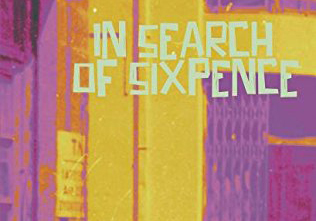
Review: In Search of Sixpence by Michael Paraskos (Mitcham: Orage Press, 2016)
What is anarchist literature? What exactly would qualify a novel to be classified as an anarchist novel?
My first reaction is to suggest that any novel written by an anarchist is an anarchist novel – the content will inevitably reflect the author’s beliefs, even if the subject matter does not appear to be directly anarchist.
This approach doesn’t quite work with Michael Paraskos’ novel In Search of Sixpence , as he regards the term “anarchist” as a verb in noun’s clothing and humbly insists that since he does not “do” anything in an activist sense he cannot really accord himself the label.
And the subject matter of the story is not anarchism in the sense of campaigns, protests, riots, insurrections, squats, autonomous communities or whatever.
However, there are strong anarchist elements to the life and work both of Michael Paraskos and of his late father Stass Paraskos, who is both a character in the novel and its co-author, since his diaries form a key part of the text.
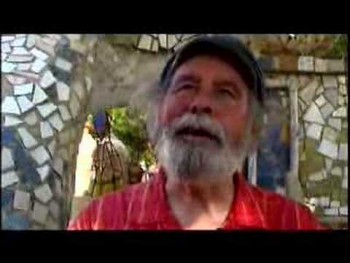
Stass was a Cypriot artist who in 1966 was prosecuted and fined by the UK state under the Vagrancy Act 1838 for displaying “lewd and obscene” paintings.
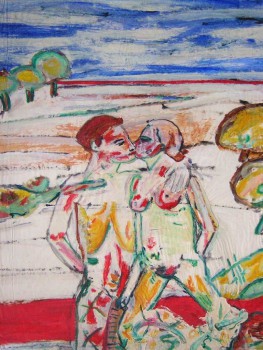
He was supported by the anarchist art critic Herbert Read and went on to become a close friend of Ian Dury, of Blockheads fame.
His son Michael has become an expert on Read and his theories of art (see this review) and has himself carved out a career and philosophy embracing both art and anarchism.
As far as the novel is concerned, the anarchism perhaps shows itself most clearly in the form rather than the content.
There is a delicious playfulness about the way that Paraskos challenges our assumptions about the act of artistic creation, with which he breaks the boundaries of narration and glories in the freedom of an unrestrained non-linear alternative existence in the realm of fiction.
The parallel world of artistic reality appears, from the viewpoint of plodding mundanity, to be insane. But, as Paraskos insists within the text: “It is art not life, and art is always mad because it takes us outside the world we know”.
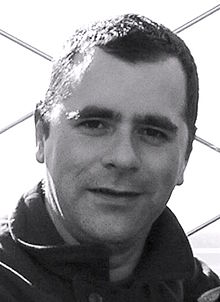
On occasions we feel we are in a dizzying hall of mirrors, where reflected moments bounce around in a loop and end up staring each other in the face. For instance, the book recounts an imagined BBC radio interview with Mariella Frostrup in which she observes that the novel includes a “fictionalised version” of the conversation in which she is currently involved – on the pages of that very book.
The restraining notion of “time” is something that is often challenged by philosophically-inclined anarchists and Paraskos very much does so here.
He has one of his characters declare: “You know that what makes painting a special art form is that paintings exist outside time. They show us a divine space in which mundane time and linear narrative cannot exist”.
He later observes that “a book is always outside time, just like a painting, because the end is already written. The last page exists at the same time as the first page, and that is fundamentally different from time in life”.
It is certainly different from time in life as we subjectively experience it, but I would suggest that on an objective level of reality the first and last pages of our lives do in fact exist simultaneously.
If it is impossible for us to have that kind of overview of our own personal storybook from a vantage point which is necessarily within its pages, thought-provoking and enjoyable works of art like Paraskos’s novel can at least give us a brief glimpse of a boundless reality beyond the linear fences of the narrow individual life-path along which we are accustomed to trudge.
And that’s what anarchism is all about.
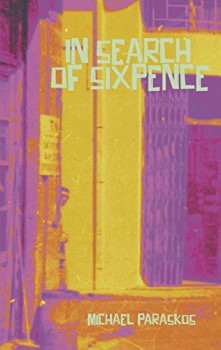
Good review and a great book. A must for anyone interested in considering a new way forward in the arts, and relevant to both literature and painting. Human, witty, sincere, and structurally fascinating.